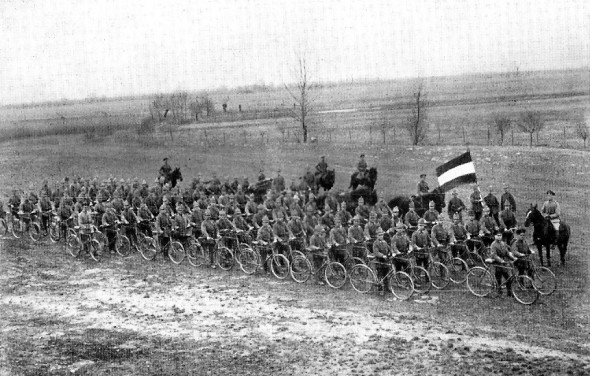And, sad to say, I don't expect to be there on the 7th. Then again, some might be happy that I won't be in the City of Rosebuds for the World Naked Bike Ride.
I've never participated in a Naked Bike Ride. Sometimes I had a very convenient excuse: I was in a different part of the world from wherever the ride was taking place. Even when the ride was in a more convenient location, I had a "scheduling conflict" or had less than a moment's notice.
Now, as to why the amount of notice should matter when the ride is happening in the city where I happen to be: I don't know. After all, how much planning could it take to get on your bike while wearing nothing at all? Right?
Anyway, the ride's organizers say they're trying to promote positive body images. Maybe that's the best reason for me to participate in the ride: I know I'm among the 99 percent. Well, yeah, that 99 percent, but also the vast majority who look better with clothes than without them. (Don't ask how I gained such knowledge!)
 |
| From last year's Philadelphia Naked Bike Ride |
Like other Naked Bike Rides, only the starting point has been announced. The route is a secret. The reason for that, of course, is to minimize the risk of arrest and of meeting protesters, hecklers and those who would wreak havoc with the ride (as in breaking bottles in the roadway). I'm thinking now of one of the objections voiced by Orthodox Jewish communities to bike lanes being built in their Brooklyn communities: The paths would channel "scantily clad bicyclists" (Yes, they used that phrase) through their streets, in front of their houses and shuls.
Interestingly, fundamentalist Christians and Muslims--Yes, there are lots of such people in the Big Apple!--did not voice the same objections. And the Hasidic Jews of Williamsburg have become among the biggest users of Citibike, New York's bike share program.
In any event, I wish the Naked Bike Riders well. From what I've heard about the city, I'm sure they'll have a great time in Portland.
Thanks to Mandie's Bikes and Beyond for alerting me to the ride! Check out the blog.











